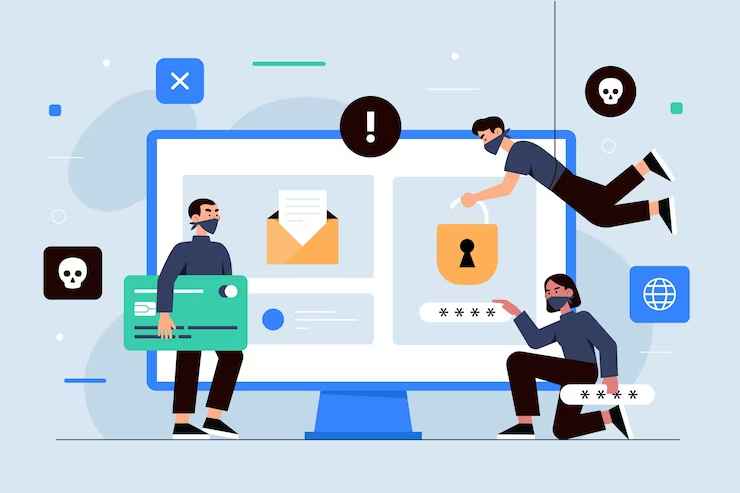The relationship between insurance and technology is changing as insurance companies allocate more resources to technology functions, bringing about dramatic transformation and altering regulatory practices. There is growing recognition that the insurance industry will profit from the surge of innovation generated by insurtech firms. Insurance technology is poised to mature and develop an abundance of data. Competitiveness has grown, which translates into the fact that insurers may have to adopt new business models. Traditional business models across the industry have altered dramatically in the past years. The effective response for leaders is to leverage the power of change and carefully design their futures.
Technology is constantly evolving in the insurance industry. However, technologies all have one thing in common: they enhance the efficiency of company operations. Insurance technology has introduced modern means to measure, control, and price risk. Additionally, insurance policy buyers, empowered by digital rate comparison, not to mention web-based quoting capabilities, find it easier to switch providers and lower their costs. In this article, we’ll take a look at some examples of disruptive innovation.
Bringing insurance product distribution to the online space
Gone are the days when a person had to call or visit an insurance agent to get a policy. A client can buy insurance online, comparing offerings and prices from multiple vendors in a timely manner. Major insurers have online quote tools that enable individuals to compare and purchase policies without having to leave home. Let’s see how it works. Someone selling cakes from home, for example, might feel that insurance is important. Risks are inherent to any bakery, after all. That person will engage in comparison shopping because it’s simpler and they can find a good offer on bakery insurance. They can obtain specific information about what they’re looking for and service providers gain more visibility. Comparison shopping may not sound like too much fun, yet it matters, as it helps people save time and money.
Some insurance companies allow clients to complete the process, from quote to purchase, over the Internet. Providers that don’t offer this perk will have to create online quoting, servicing and APIs, to meet the needs of the modern audience. Individuals are active online and rely on insurers’ websites. At present, people deploy multiple devices and channels when it comes down to insurance. The outcome is that they expect all the services and information to be available either on the website or the company app. For the modern business, taking strides to make sure that customers’ needs are met fosters success.
Assembling interdisciplinary teams
Insurers are striving to adapt to the rapid industry changes, which is much of what makes them successful. Technology and operation teams have started to work side by side in interdisciplinary pods. The focus is on the customer journey, not on individual transactions, so efforts are made to cater to the needs of all customers. Insurance companies that are capable of using their insights to simplify the demands of the client will no doubt create a better experience and retain clients. It takes a team of traditional specialists to manage things, just to be clear. Interdisciplinary teams have been successfully functioning since the job was first invented.
Big data projects require people with various skills, which is why an interdisciplinary team must include representatives from the departments that can leverage big data findings. The idea is to support the project without relying to a great extent on experts from the outside. It’s recommended to get a good understanding of the story of the project before designing an analysis plan. Collaborators should receive and pass on the most important aspects of the project. Big data should be transformed into something useful. It can be applied to all aspects of the insurance process, from underwriting to managing claims.
Growing direct premiums written thanks to predictive Analytics
Data mining, predictive modeling, statistics, machine learning, and artificial intelligence can be used to improve premium growth. If direct premiums written exceed direct premiums earned, that means that an insurer is experiencing an increase in underwriting volume. Any insurance company that resorts to predictive analytics undoubtedly sees its loss ratio improve. Data reveals important behavior patterns, so marketing efforts can be directed in the right place. Predictive analytics can also be used for fraud prevention, which is a challenging issue. High-tech solutions can be programmed for proactive, timely scan detection.
Direct premiums were written to represent the insurance company’s growth during a specific period of time. As a result, the more new policies are issued, the more revenue the insurer gains. According to Statista, Odyssey Reinsurance Group is the leading insurer in the United States. Direct premiums written are expected to see their highest growth in years. It all depends on insurance companies’ ability to close the deal. Insurers can increase profitability by digitizing delivery, service, and communication. Even industries traditionally dependent on face-to-face interactions are adapting to change.
To sum up, technology allows insurance companies to enhance operational efficiency and stay ahead of the competition. With all the innovation taking place in the past couple of years, we look forward to seeing what technology developments will take place. Insurers that don’t make dramatic changes risk being left behind. Legacy software and infrastructure represent barriers to digitalization, so they deserve complete attention. People expect insurers to innovate and expectations are here to stay. It’s more important than ever for insurance companies to make thoughtful choices and adopt innovative strategies.

Leaders of small, entrepreneurial companies can and should take advantage of disruptive technology and witness the positive outcomes. Everyone who has made contact is happy with the experience.







Add Comment